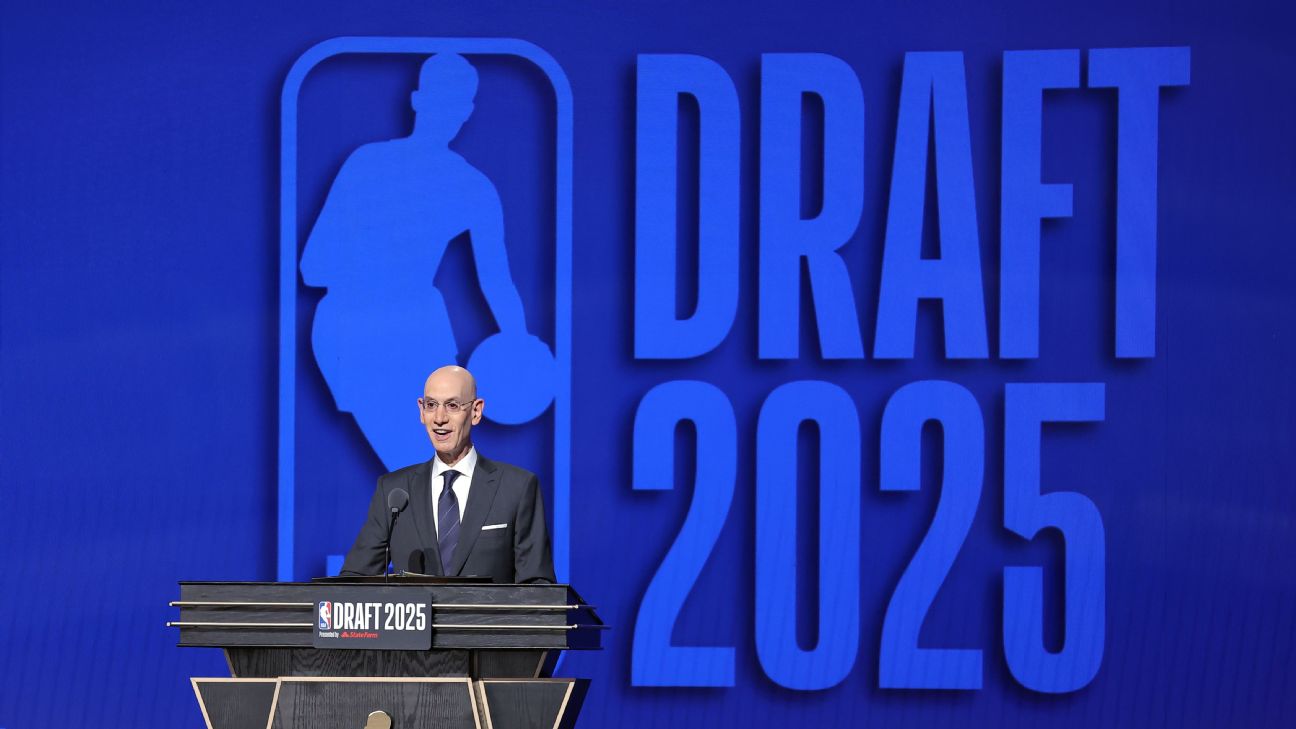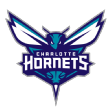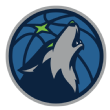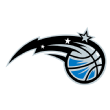Round 2 NBA mock draft: Best available players, predictions

The second round of the 2025 NBA draft began Thursday with the Minnesota Timberwolves trading the first pick (No. 31) to the Phoenix Suns for No. 36 and two future second-round picks.
Day 1 featured Duke phenom Cooper Flaggto the Dallas Mavericksat the top of the board, the New Orleans Pelicans trading up to No. 13 to take Maryland center Derik Queen, along with several interesting picks and trades throughout.
What's in store for Day 2? Let's talk through the biggest questions heading into Round 2 and project pick Nos. 31 through 59 with an updated mock draft.
Who are the best players still available? First-round-caliber prospects such asRasheer Fleming, Maxime Raynaud and Noah Pendacould go early Thursday. Which team is set up to have an intriguing Round 2? And which under-the-radar prospects could turn into steals?
ESPN's Jonathan Givony and Jeremy Woo are here to help you navigate Round 2. The mock draft writeups below are from prospects' scouting reports.
Last updated: Thursday at 10:13 p.m., with news of trades during the second round
More NBA draft coverage:br/>Mavs draft Flagg| Full Round 1 breakdownbr/>Bailey's surprise by Utah|Which trade got an A?br/>Trade tracker|Best available| More draft

Which is the most interesting team drafting on Thursday?

Givony: The Hornets, with pick Nos. 33 and 34, will surely be a hotspot for trade talks throughout the day after adding two first-round picks to their roster in Kon Knueppel and Liam McNeeley. Already sporting a fairly young roster, it's not clear what Charlotte's appetite will be for adding one or two more rookies. The team does have a clear void to fill inside the paint after trading Mark Williams to the Suns for the No. 29 pick and a 2029 first-rounder. There are a few intriguing 7-footers available in Maxime Raynaud and Ryan Kalkbrenner, along with toolsy forwards such as Rasheer Fleming and Adou Thiero.

Woo: The Timberwolves hold the power of choice at No. 31, not only having dibs on whichever player they want but also the ability to use it as a trade chip. I'm curious whether they grab a player such as Fleming or see more value in using the pick to potentially acquire value by other means.
Who's an under-the-radar prospect you really like who's likely to be picked Thursday?
Givony: Noah Penda was drawing looks from teams in the first round thanks to his strong defensive versatility, passing and overall feel for the game, but he couldn't gain enough traction in the predraft process because of his streaky shooting.
He'll likely be a popular target for playoff teams picking in the 30s, such as Minnesota, Boston or Philadelphia, that might prefer to stash a player in Europe to preserve roster flexibility. He will likely prefer to come to the U.S. immediately if he can find a team willing to roster him, however.
Woo: Jamir Watkins is on the older side at 23, but he has been a touch undervalued. He's an excellent perimeter defender whom I think will make enough shots to stick on someone's bench. He'd be a good target for a team trying to win next season somewhere in the 30s.
Looking at your Round 2 mock, what's your favorite team and player fit you've projected?
Givony: Maxime Raynaud to the Celtics at No. 32 makes sense as an older, 7-foot prospect who can space the floor and potentially be ready to soak up minutes after the Celtics traded Kristaps Porzingis to the Hawks.
With Luke Kornet entering free agency and the Celtics navigating a financial tightrope, having a smaller salary slot with Raynaud would likely give the team much-needed flexibility heading into the offseason.
Woo: Rasheer Fleming to the Timberwolves at No. 31 would be a nice value play for Minnesota, which needs frontcourt reinforcements and might be able to slide him into bench minutes out of the gate.
He's the type of big-bodied shooter who could firm up the Wolves' depth regardless of what happens with Naz Reid's free agency. The first pick of Round 2 is particularly valuable in this two-day draft era because of teams wanting to trade up, but it might make sense to simply take the best player available.

Round 2 mock draft

31. Phoenix Suns (from Minnesota via Utah)
Rasheer Fleming, F, Saint Joseph's
Strengths: Fleming is a toolsy forward with impressive highlights who improved leaps and bounds over the past three years, developing into a highly efficient inside-out scorer to complement his massive 7-foot-5 wingspan, which gives him potential to grow into on defense.
Weaknesses: His feel for the game is a major question, as he does not process the game quickly on either end of the floor. He sometimes struggles to make basic passes and is highly prone to mistakes off the ball defensively.
The verdict: There's a premium on length, shooting and potential defensive versatility in the NBA, and Fleming could bring all three to a team with the patience to develop his awareness and technique defensively while the game hopefully slows down for him offensively. He struggled badly late in the season, but his relative youth and trajectory at St. Joseph's leaves room for optimism about his potential. -- Givony

32. Orlando Magic (from Boston, Detroit and Brooklyn via Washington)

Strengths: Raynaud was late to the game -- he didn't commit to the sport full-time until his senior year of high school -- but blossomed over four seasons at Stanford into a skilled 7-footer who can space the floor and hold his own on the glass.
Weaknesses: The biggest questions regarding his game are on the defensive end, where he lacks some physicality and explosiveness, even though his motor appeared improved at the NBA draft combine.
The verdict: After competing in France alongside his good friend (and now San Antonio Spurs star) Victor Wembanyama in his youth, Raynaud has developed into a legitimate NBA talent. He might be a late bloomer, but he fits a coveted mold with his size and shooting ability, which gives him a quicker path to a role at the next level than some players who will be drafted before him. How he performs defensively will be something to watch early, as floor spacers like him can play an important role in the NBA. -- Givony

33. Charlotte Hornets
Strengths: Kalkbrenner is an experienced center whose ability to operate out of pick-and-roll, execute offensively, protect the rim and hit occasional 3-pointers makes him a reliable backup option.
Weaknesses: His 7-foot-6 wingspan is an asset, but he is not overwhelmingly physical or explosive, posting underwhelming defensive rebounding numbers for much of his college career.
The verdict: One of the most efficient and valuable players in college basketball over the past several seasons, leading Division I in dunks by a wide margin, Kalkbrenner is a known player whose occasional flashes of floor-spacing potential added a valuable dimension to his game. He might have limitations, but his size, length and consistency will be appealing to a team seeking rookie-contract depth at the center position. -- Givony

34. Charlotte Hornets (from San Antonio, Phoenix and Memphis via New Orleans)
Tyrese Proctor, G, Duke
Strengths: Proctor is a sweet-shooting guard who played multiple roles at the college level, showcasing his ability to function on and off the ball.
Weaknesses: With a thin frame that didn't evolve much in college and average physical tools, he has long lacked a degree of assertiveness and physicality on both ends, especially in high-stakes moments.
The verdict: Proctor's positional size, improvement as a spot-up shooter and flashes of ability creating out of pick-and-rolls across his three collegiate seasons are intriguing, but he never quite turned the corner as a point guard. He will have to add toughness to have a meaningful role off the ball at the NBA level. -- Givony

35. Philadelphia 76ers
Noah Penda, F, France
Strengths: Penda is a strong-framed wing-forward with an excellent feel for the game, a 6-foot-11 wingspan and defensive versatility who fills up the stat sheet with rebounds, assists, steals and blocks.
Weaknesses: He is stronger than he is vertically explosive and remains inconsistent from the perimeter, shoots the ball with unorthodox mechanics and converted less than 30% of his 3-pointers this season and throughout his career.
The verdict: Making the transition from Pro B to Pro A look easy, Penda had an excellent season for a playoff team in France, making plays defensively and using his frame and smarts to create for himself and others off the dribble. His shooting is a key swing skill, as he otherwise checks a lot of boxes as a two-way contributor. -- Givony

36. Minnesota Timberwolves(from Brooklyn)
Jamir Watkins, SG/SF, Florida State, senior
Related Topics
- SPORTS
- ESPN
- OKLAHOMA CITY-THUNDER
- GOLDEN STATE-WARRIORS
- WASHINGTON WIZARDS
- LA CLIPPERS
- DENVER NUGGETS
- DETROIT PISTONS
- 2025 NBA-DRAFT-SECOND-ROUND
- PORTLAND TRAIL-BLAZERS
- LOS ANGELES-LAKERS
- MEMPHIS GRIZZLIES
- CLEVELAND CAVALIERS
- NBA DRAFT
- CHICAGO BULLS
- MIAMI HEAT
- SAN ANTONIO-SPURS
- NEW ORLEANS-PELICANS
- ORLANDO MAGIC
- DALLAS MAVERICKS
- MINNESOTA TIMBERWOLVES
- HOUSTON ROCKETS
- SACRAMENTO KINGS
- BOSTON CELTICS
- NBA
- BROOKLYN NETS
- CHARLOTTE HORNETS
- UTAH JAZZ
- TORONTO RAPTORS
- NEW YORK-KNICKS
- INDIANA PACERS
- MILWAUKEE BUCKS
- PHILADELPHIA 76ERS
- PHOENIX SUNS
- ATLANTA HAWKS







